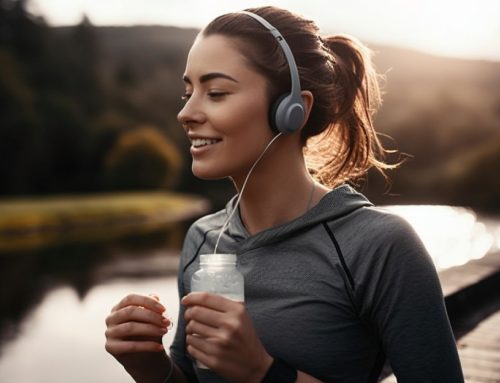
Well, if you are living somewhere within the European Union or the United Kingdom, one would think that the municipal drinking water would be fairly pure and safe to drink, not so? According to the local governments in these areas, it is.
I am sure that they believe that the water is perfectly fine to drink, because it complies with British Standards and EU Standards, and probably also with World Health Organisation (WHO) standards, but reading through the list of Approved Products for use in Public Water Supply in the United Kingdom, I was absolutely horrified to see just how many chemicals are/may be used in our drinking water.
The list is long, believe me; too long for me to mention all of the approved chemicals here, so here are just a few of them, together with their uses:
- Acetic Acid – Source of carbon for biological denitrification
- Ammonia Solution – For in-situ bacteriostatic treatment by formation of chloramines
- Calcium Carbonate – pH and hardness adjustment
- Calcium Tetrahydrogen Bis (Orthophosphate) – Corrosion inhibition in water pipes consisting of cast iron, mild or galvanized steel or copper. To achieve an improved corrosion inhibition, also combination products with polyphosphates are used depending on the water quality
- Carbon Dioxide – Increase water hardness, pH adjustment and regeneration of ion exchange resins
- Cationic Polyacrylamides – Coagulant and flocculent for colloidal or fine suspended particles
- Chlorine – Disinfectant, removal of ammonia compounds, oxidising sulphides and regeneration of ion exchange resins
- Copper Sulphate – Cleaning of containers used for drinking water treatment and destruction of algae in water works installations
- Dipotassium Hydrogen Orthophosphate – Corrosion inhibition in water pipes consisting of cast iron, mild or galvanized steel or copper. To achieve an improved corrosion inhibition, also combination products with polyphosphates are used depending on the water quality.
- Ethanol – Source of carbon for biological denitrification
- Hexafluorosilicic Acid – Increase resistance of consumers to dental decay
- Hydrochloric Acid – Lower pH, ingredient for the generation of chlorine dioxide and regeneration of ion exchange resins
- Liquefied Ammonia – For in-situ bacteriostatic treatment by formation of chloramines
- Methanol – Source of carbon for biological denitrification
- Phosphoric Acid – Biological nitrification/denitrification and corrosion control e.g. plumbosolvency
- Potassium Permanganate – Taste and odour control, elimination of algae and microorganisms, removal of iron and manganese and regeneration of filter media
- Trichloroisocyanuric Acid – Disinfectant by generation of hypochlorous acid
I don’t know about you, but I really do not want to put an iota of those chemicals into my body. So how does one avoid that? By investing in a watercooler, that’s how; shortly after finding out that fluoride is one of the chemicals used, I contacted one of London’s recommended water supply companies, Living-Water, and got them to come out to see me and give me a free water-needs assessment and quotation on their line of mains water coolers fitted with their own triple action carbon filter.
Now I have 24/7 access to my choice of cold, ambient or hot water whenever I want it, sans any toxins or chemicals, and the best is that it tastes virtually as good as the bottled natural spring water that I used to pay loads for.





